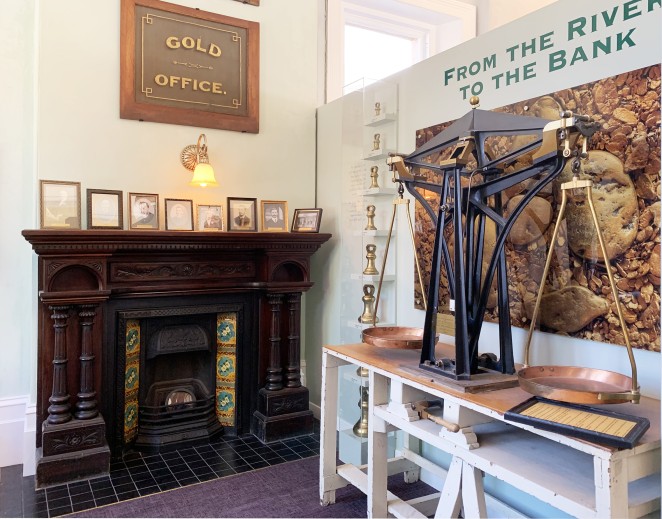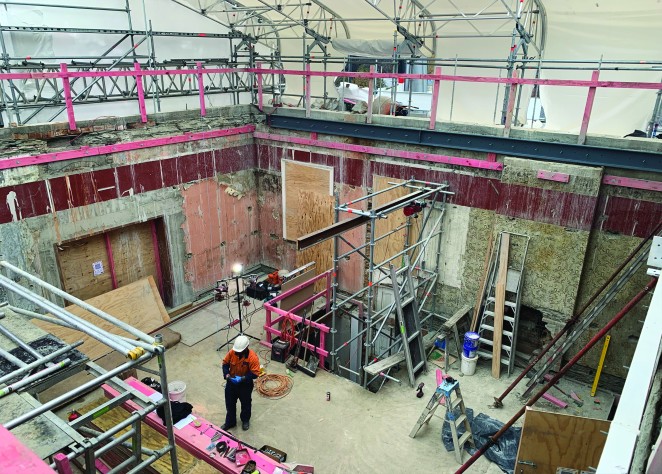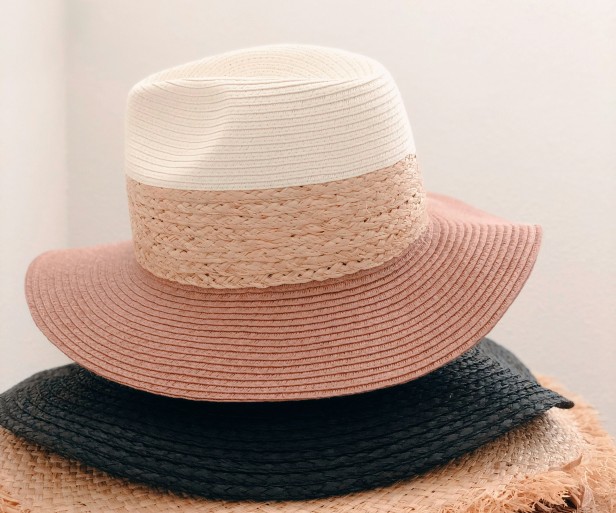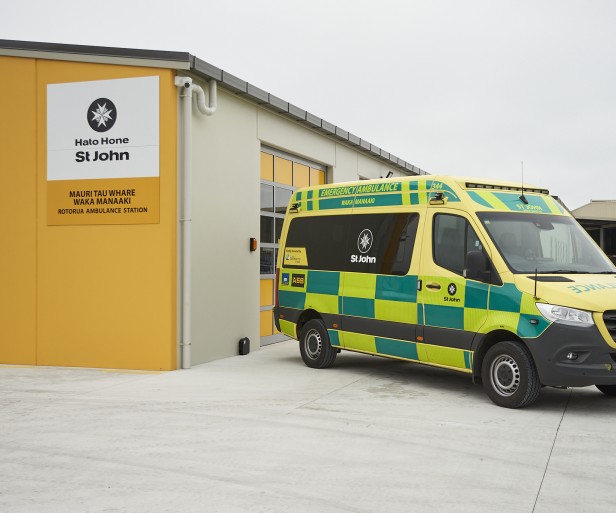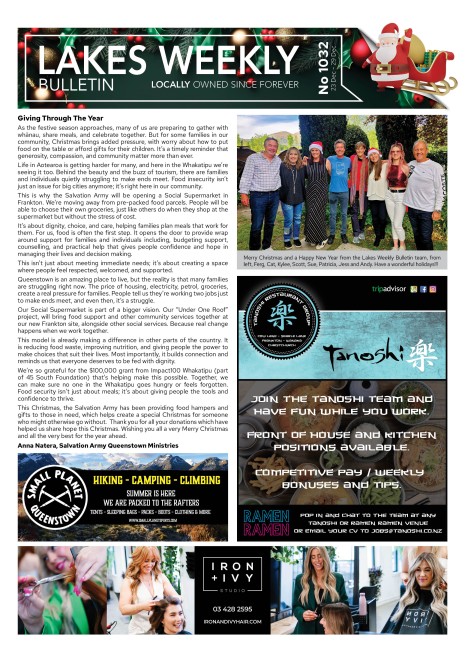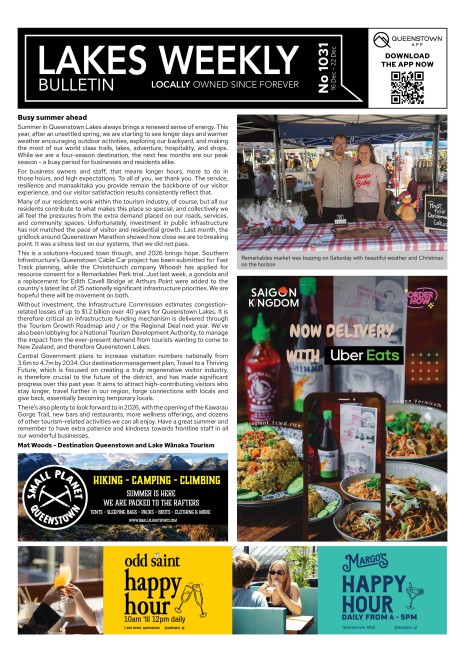Blast From The Past - New-Look Lakes District Museum
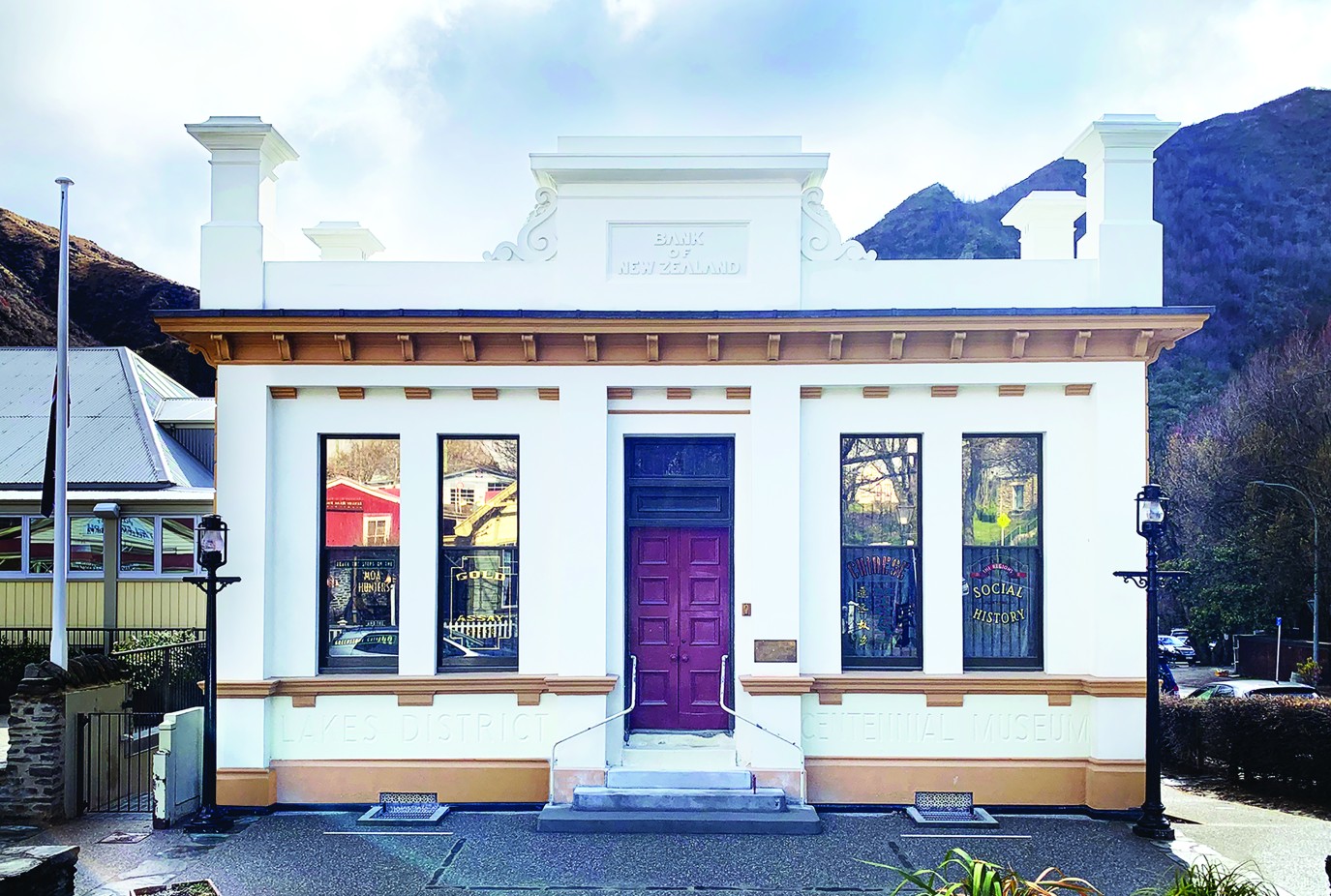
Lakes District Museum and its popular interactive intrigue just got a whole lot more interesting with the completion of a massive $3.5 million earthquake strengthening and redevelopment, officially opened on December 9.
There’s been a total upgrade of half of the museum’s displays and a lot more interactive features added that museum director David Clarke is sure people – young and old, will enjoy.
It’s been a long, painstaking two-year project, which has faced a few construction delays amid Covid disruptions, but Clarke and his team are elated at the finished work and very grateful for all the effort that’s gone into it.
The newly-strengthened and restored former Bank of New Zealand building, where most of the displays are housed, has been restored to its former glory, complete with parapet and six chimneys, and in keeping with the original 1875 architecture. Its original parlour and two bedrooms have been recreated with division walls. New-look banking and gold mining displays add to the attraction with many treasured relics from the original Arrowtown Chinese Mining Settlement, unearthed in a big archaeological dig in 1984, incorporated into the new displays. Museum guests get to write Chinese calligraphy in disappearing ink and contemporary stories of the area have been brought to life.
“We’ve been able to upgrade the medical display too with money donated by former Queenstown doctor Bill Anderson’s family,” says Clarke. This features a life-like medical operation underway on a doctor’s couch as it would’ve been back in the day. Museum guests can peer through and watch the whole gruesome procedure projected onto a screen.
On a more humorous note the museum designers have combined some fun interactive activities like the new pinball machine determining the player’s fate, some players apparently losing all their money in the bar.
Music and law and order from early Arrowtown are depicted in other new displays and some very precious relics are on display.
“We’ve upgraded our early Maori display and have some beautiful taonga on loan from the Southland and Otago Museums, including flax sandals found in a cave beside the Dart River, beautiful pounamu tools, ornaments, a necklace medallion made from oyster shell, a seal’s tooth pendant, schist patu club and soapstone bowl that was probably used for fragrant Speargrass (Taramea) oil.
In pride of place is Reko’s Pot - the three-legged pot gifted to him by the pioneering, first white explorer Nathaneal Chalmers in payment for Reko, a Maori leader and expert guide, leading him through the wilderness. “This all happened in 1853 and all he wanted in return was Nathaneal’s three-legged cooking pot, which we have on loan from Southland Museum,” says Clarke.
The newly-revived museum was opened on December 9 and officiated by representatives of Ngai Tahu, Tourism Minister Stuart Nash and QLDC councillor Craig ‘Ferg’ Ferguson. The local waiata group, led by Cory Ratahi, performed a waiata, and local children dressed in period costume mingled while the Arrow Miners Band entertained the crowd.
The government contributed $2million and the district council $1million towards the project with Central Lakes Trust contributing just under $500,000 for the new displays.
“It looks amazing,” says Clarke. “After the Christchurch earthquake back in 2014 we knew we had to ultimately do this strengthening work, but we had no idea how we were going to fund it. It’s been two years of noise and disruption, but it’s so nice that it’s all been restored now back to its original 1875 design as it was such an elegant old building.”
The museum’s book store has been greatly expanded and there’s now full lift access to the entire museum making it fully accessible for those with disabilities.
An exhibition – 30x30 Revisited, featuring small paintings and works from local artists, was launched to celebrate the opening. It includes invitational works from well-known locals, like Sir Michael Hill, Nadia Lim, Ed Cruickshank, Michael Thomas, ‘Scoop’ Chandler, Sean Drader and Ruby Jones. The professional works are for sale and on display until the end of January.
